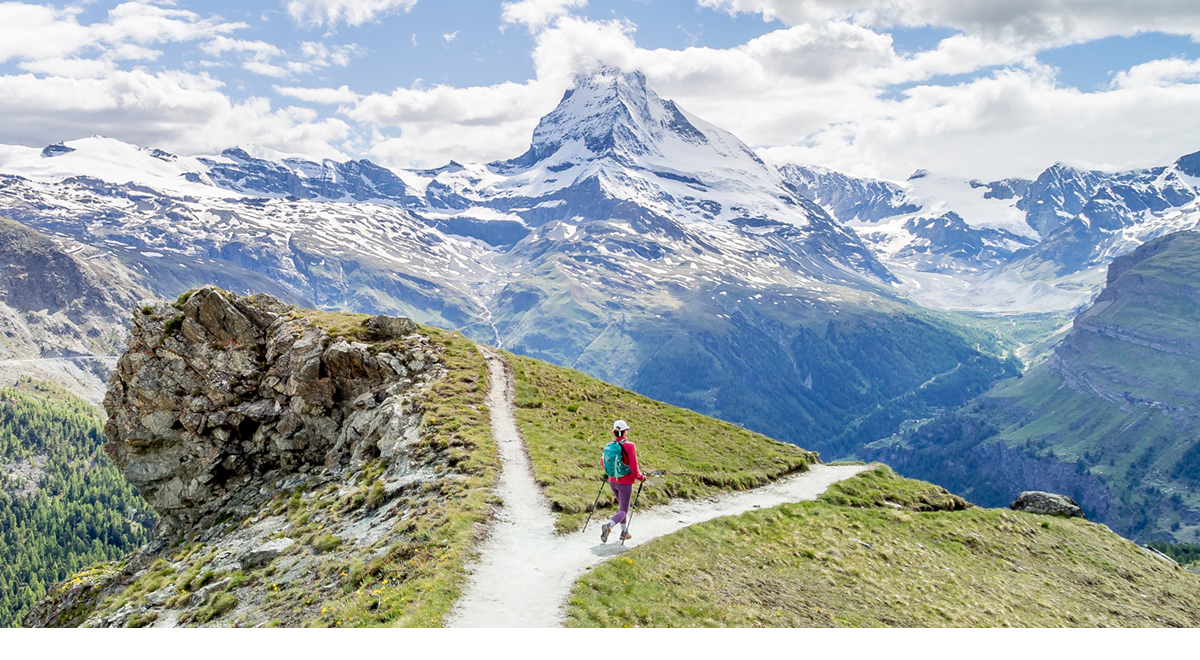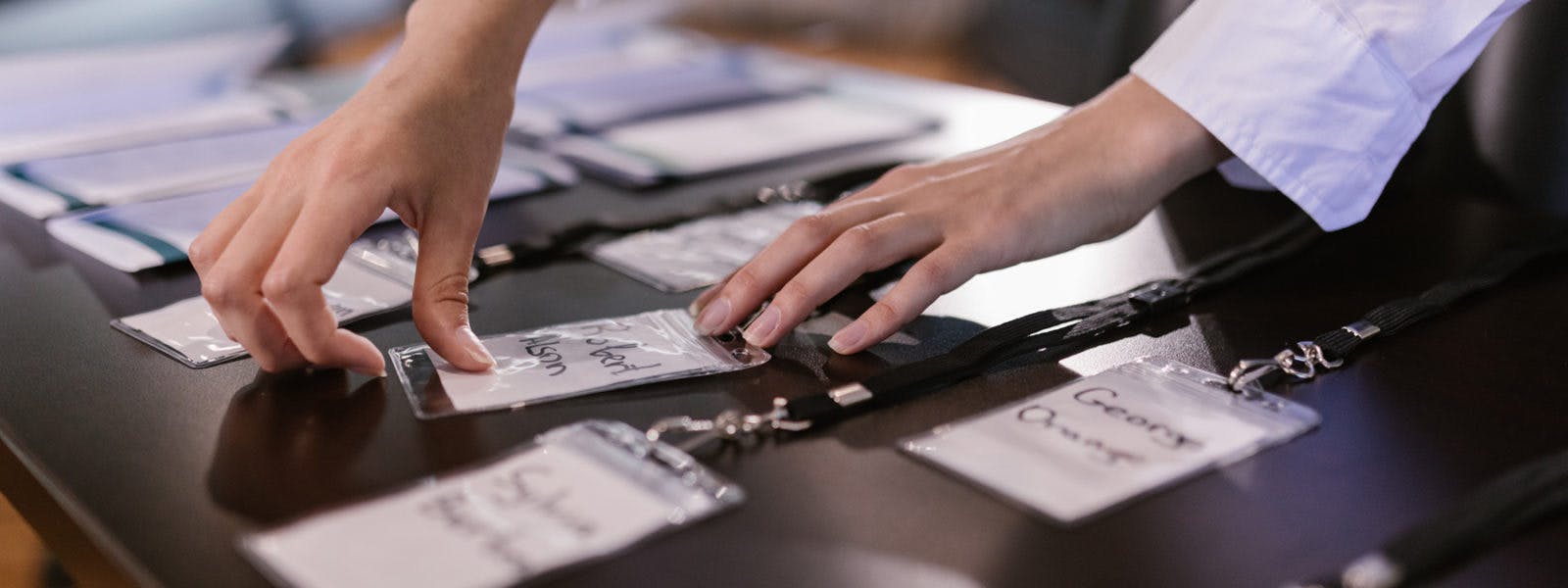Getting the Offsite Right: How to Bring Your Team Back Together for In-Person Retreats
As employees start to feel comfortable traveling and returning to work, many companies are reinstating the offsite retreat.
Relationship building significantly contributes to organizational success. Research demonstrates that employees are craving social connection and engagement and during this great resignation it becomes even more important to build the social bonds that keep people engaged at work.
Leaders recognize that some things—including building trust and camaraderie—are easier, better and more effective when done in person. Where virtual meetings stall, in-person gatherings can have a natural flow and rhythm. Bringing teams together can create energy that can’t be replicated virtually.
But the return of the in-person retreat brings with it a nervousness that wasn’t there before the pandemic. How can you ease your teams into in-person connection moments and build experiences that are comfortable, productive and rewarding?

Hitting the right note
Whether you’re feeling excited, nervous, or something in between, coming back together in person is bound to bring with it some challenges. You and your team are using muscles that haven’t been exercised in a long time.
A well-structured retreat can go a long way toward helping participants move past any initial trepidation. When planning your offsite, follow these best practices to ensure your team gets the most out of their time together.
 Set expectations
Set expectations
Before they arrive on-site, let people know what to expect. How will the day be structured? Is there pre-work to do? Should people wear particular attire? One way to beat pre-retreat nerves is to help participants come in primed for the experience.
 Prioritize quality over quantity
Prioritize quality over quantity
What is the critical outcome you’re driving towards? Once you identify an overarching objective, it’s easier to set priorities and streamline your agenda. The most successful retreats have fewer pieces, with breathing room in between each item.
 Set some COVID protocols to ease concerns
Set some COVID protocols to ease concerns
We all have different levels of comfort related to COVID, so clearly laying out the testing and mask-wearing protocols is one way to ease concerns. As we help clients navigate off-site events, we’ve handed out colored wristbands or name tag flags that clearly identify people’s preferences: Green = Hugs are ok!, Yellow = Fist bumps please, Red = Greet from 6 feet. This makes it very easy for folks to connect in a way that’s most comfortable for them.
 Don’t wing it
Don’t wing it
An effective offsite is well planned, with space to adjust throughout the day. Don’t assume by bringing people together in a room, you’ll automatically be able to draw out ideas and get the conversation flowing. Create an agenda that supports your core objectives and work in downtime so people can decompress.
 Don’t jump right into work
Don’t jump right into work
As employees come back together after years of working remotely, building in extra time for everyone to get to know each other is vital. In the past, you may have spent the first 15 minutes of the day on an icebreaker. Today, you might allocate around 40%—or even more—of your time at the retreat towards relationship building.
 Make space for low-stakes connection
Make space for low-stakes connection
To help people get back into the swing of connecting in person, create space for people to think, share and collaborate in low-stakes scenarios.
Rather than diving into brainstorming in a room of 50-100 people, start with five minutes of quiet time to write down ideas. Then have five minutes of pair sharing, followed by 10 minutes in a small group, before asking people to share with the whole room.
This scaffolding approach provides opportunities for participants to build on and strengthen one another’s ideas while spotting patterns about areas of alignment or diversity of thought. It also helps people get comfortable and reduces nerves around sharing ideas with a large group.
 Be flexible
Be flexible
Returning to in-person retreats is new territory for everyone. Acknowledge this with regular check-in points, and be open to adjusting your programming as needed. Ask your team: is there anything we can do to make this more comfortable? Productive? Interactive?
When you stick too rigidly to the schedule, you risk pivoting away from the group’s energy and losing sight of what you want to achieve. A strong facilitator can guide the group towards an overarching goal rather than just going through the motions of an agenda.
Collect feedback
Build in mechanisms to collect and analyze feedback before and after your event. Create a committee representative of different parts of your organization to get the group’s pulse as you plan.
After the event, gather feedback via formal or informal channels to incorporate next time. Ending the day with a reflection exercise can be a great way to achieve this.

The power of connection
At Blue Beyond, our goal is to help you get the most out of your offsite. That starts with getting clear on what you hope to achieve. What are your objectives? What’s the most important thing to accomplish when you’re all in the same room?
A retreat is, first and foremost, an employee engagement opportunity. It is your chance to either build trust and connection, or erode it. Creating moments for employees to connect authentically before, during and after will help people feel seen, heard and included.
For a recent retreat, Blue Beyond created a “yearbook” that included participants’ photos, hobbies and other fun facts. Sending this out ahead of time provided people with readymade connection points when they arrived on site. For another session, we designed an exercise where employees wrote notes of appreciation for one another that were used to create a visual centerpiece for the day.
A successful offsite is one where everyone feels comfortable contributing, including those at the head of the organization. Facilitation is a critical part of this. When leaders default to facilitating their own sessions, they lose out on opportunities to participate and be fully present.
A professional, neutral facilitator can work with you to align on the outcome out front — and pivot as needed to get your team where they need to go. That frees you up to actively take part, pay attention to what your employees say and share your ideas.

An opportunity to recalibrate
The landscape of work has shifted dramatically over the course of the pandemic. Effective leaders recognize that this is an opportunity to rethink employee engagement moments.
Rather than designing your annual retreat on autopilot, take time to clarify its purpose, think through its structure and consider how you will leverage your time. Plan ahead, make space for your employee’s reflections and create engaging, scaffolded experiences.
An in-person retreat is a significant investment of employee time and company resources. When you get the experience right, your team will reap the rewards with new energy, ideas and a more profound sense of connection.
Are you ready to uplevel your offsite?
Delivering a successful offsite can pose a challenge, even for the seasoned leader. Learn how Blue Beyond can help you center, inspire and energize your team at your next retreat.
